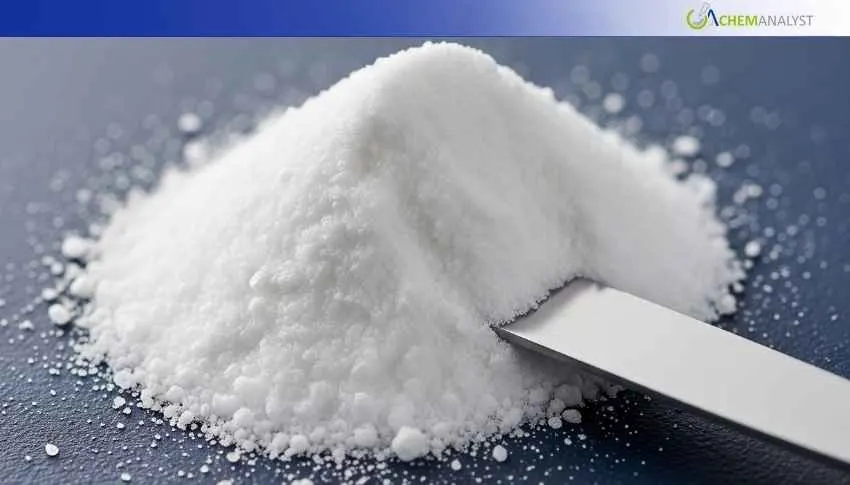Welcome To ChemAnalyst

Caprolactam prices weakened during August 2025 in the U.S. and China owing to oversupply, weak downstream demand, and comparatively softer feedstock prices, with little reprieve from activity in the downstream sectors.
In August 2025, US and Chinese Caprolactam markets were consistently faced with downward price pressure, driven by adequate availability, sluggish downstream demand, and weakening feedstock prices. Despite varied regional trends, the prevailing theme was consistent producers were faced with a challenging environment with weak pricing power. Even though there were isolated pockets of support from the automobile industry, overall buying habits were not able to provide any boost in sentiment, leaving both markets in a cautious, demand-short state.
China Caprolactam prices dipped in August, weighed down by an adequately supplied domestic market and softening conditions of demand. The producers held steady operating rates-backed by ample raw material supplies and fewer logistical hiccups. Although the price of benzene remained flat, falling prices of cyclohexanone reduced the cost of production, leading sellers to cut offers as selling pressure intensified.
Downstream industries such as automotive and engineering plastics continued to be slow, with converters preferring destocking levels to new purchases. Export trade offered little succour, with Southeast Asian and Indian buyers holding previous inventories and delaying replenishments. Local traders also cited delayed contract renewal and intermittent spot market queries, further supporting the lack of bullishness. The combined effect of high inventories, seasonally motivated buying and weak polymerisation levels sustained the bearish sentiment, and Caprolactam prices kept plummeting towards the end of the month.
In America, Caprolactam prices followed China's downturn, underpinned by steady domestic production and ongoing import shipment from Asia. On the production side, lower benzene and steady cyclohexanone prices underpinned competitive production margins, while weak freight costs supplemented landed cost, maintaining Caprolactam market inventories in good standing.
While July's automobile sales growth kept nylon 6 applications in automobile components to a certain degree, the other downstream channels—such as engineering plastics and technical textiles—were below par. Export demand of Caprolactam to Southeast Asia and Latin America was subdued as buyers utilized current inventories and cheaper regional options.
The cautious buying environment and tranquil inventories held back Caprolactam prices, with only marginal month-end stabilization. The market analysts indicated even price discounts were not adequate to trigger genuine buying interest, a pointer to the levels of demand depletion.
Going forward, both the markets are expected to face headwinds in the short term. In China, Caprolactam prices are expected to remain under pressure due to weak downstream demand—especially from automotive and engineering plastics segments—and high inventories coupled with steady production rates. Meanwhile, in the U.S., Caprolactam prices can be stabilized after recent declines, supported modestly by upturns in auto sales, but broader recovery is retarded by weak demand in engineering plastics and technical textiles, as well as by ongoing trade uncertainty.
We use cookies to deliver the best possible experience on our website. To learn more, visit our Privacy Policy. By continuing to use this site or by closing this box, you consent to our use of cookies. More info.
